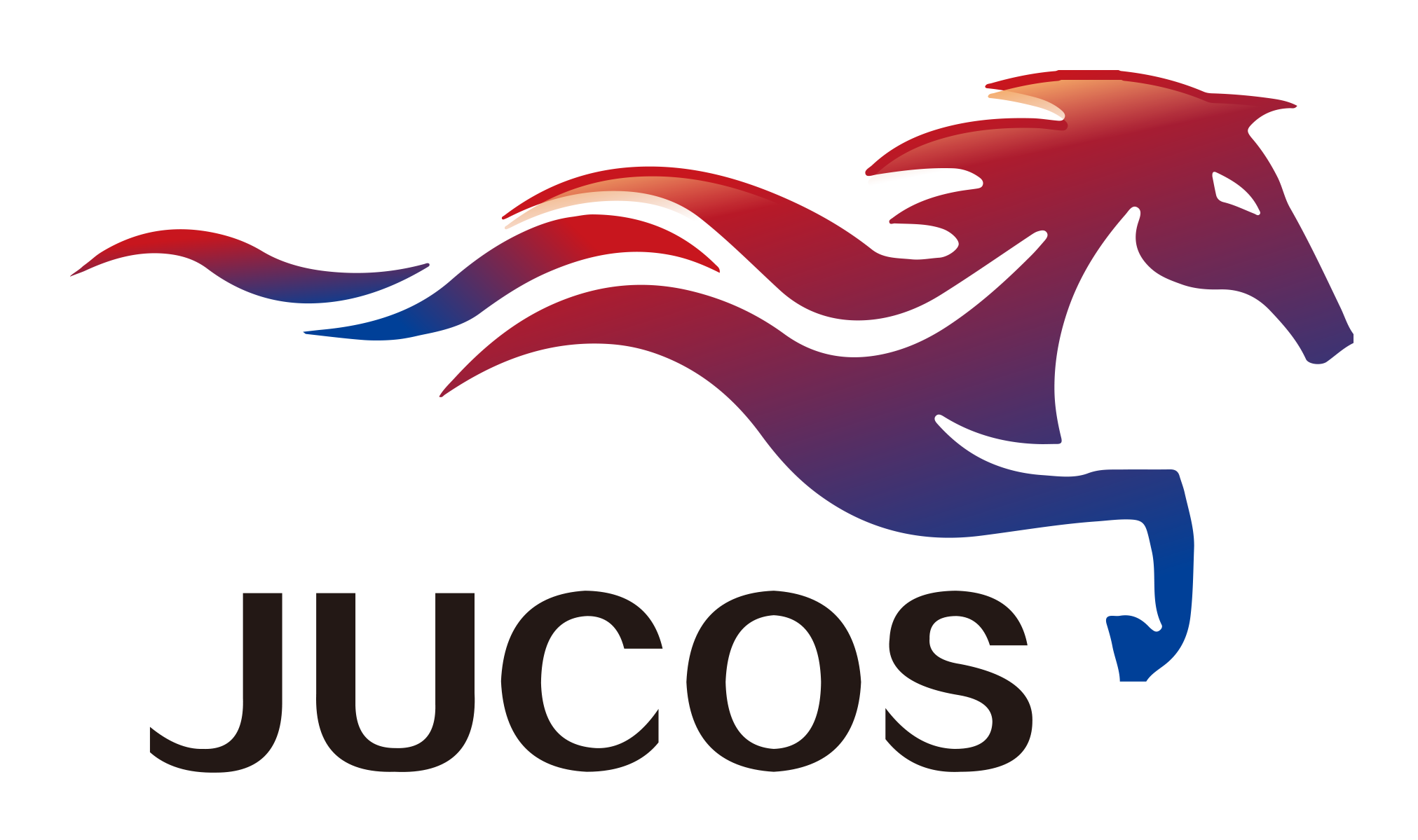Improve the corrosion resistance of magnesium alloys by surface treatment(二)
The inorganic film layer composed of oxide or metal salt can be formed on the surface of magnesium alloy matrix through chemical transformation, which has good binding force with the matrix and can prevent the erosion of the matrix by the corrosive medium. Such conversion film itself is generally not too dense, corrosion resistance is not too strong, can only be used for short-term atmospheric corrosion protection. But the important thing is that it can be used as the base for the subsequent coating to enhance the bonding force between the magnesium alloy substrate and the subsequent coating. Chemical conversion films of magnesium alloys can be divided into chromate system and chromium-free chemical conversion system according to the type of solution, among which phosphating film is the most used in chromium-free conversion system.
Phosphating is a process in which metal reacts with dilute phosphoric acid or acid phosphate solution to form phosphate protective film. It is one of the treatment methods to replace toxic chromate. It is on the surface of metal, through chemical reaction to form a layer of non-metallic, non-conductive, porous phosphate film. In addition, the phosphating film can also make the metal surface from a good conductor to a bad conductor, thus inhibiting the formation of metal surface microcells, effectively hindering the corrosion of the coating, can improve the corrosion resistance and water resistance of the coating, so the phosphating film has been recognized as a good coating substrate.
By studying the phosphate-permanganate chemical conversion process of magnesium alloy, it is found that the treatment solution with pH of 4, K2HPO4 content of 150g/L and KMnO4 content of 40g/L can significantly improve the corrosion resistance of magnesium alloy surface. Phosphating treatment is generally used as a coating treatment of the bottom layer. A chemical conversion film was obtained on AZ91D magnesium alloy by adding magnesium inhibitor to the system composed of manganese salt and phosphate.
Typical phosphating process: degreasing and acidification oxidation peeling → pickling (70~80℃, 10min)→ phosphating treatment → pure water washing → dry aging.
Organic protective coatings are usually used as the last protective measure in combination with other anti-corrosion means and are widely used. The key of this technology is to improve the adhesion and enhance the corrosion resistance of the coating. The adhesion and corrosion resistance are determined by the roughness of the underlying surface and the properties of the coating material. The protective effect of organic coating is to act as a barrier layer between the metal body and the environmental media, which prevents water, ions, O2 and electric charge from being transmitted to the body and prevents the formation of corrosion circuits. Organic coating protection technology has the advantages of variety and color, wide adaptability, low cost and simple process.











